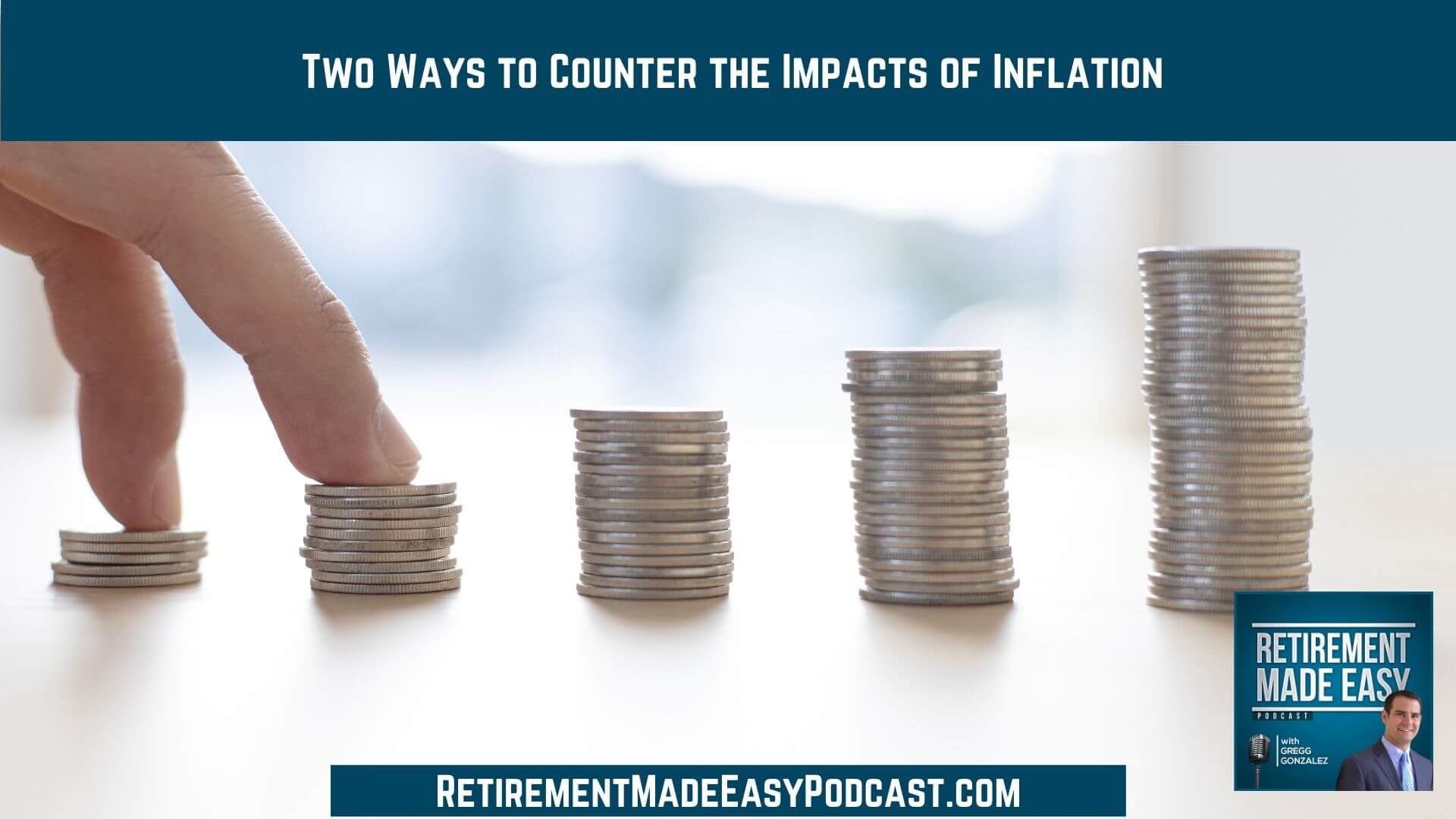
Mcdonald’s has over 38,000 restaurants across the world. They’ve closed all of their locations in Russia, which equates to about 2% of McDonald’s restaurants. Other companies—such as Apple—are following suit. How will those companies’ actions impact your portfolio? Before sanctions, Russia’s stock market represented about 2% of the Emerging Market Index (MSCI). With the sanctions, the MSCI is kicking out Russian companies. This means that you’d no longer be susceptible to the Russian market.
What do you need to remember? US markets are emotional. With the war ensuing, it will stir the market, which tends to make the market go down—or even up—temporarily. The Russian/Ukraine conflict coupled with rising inflation has investors on edge. What could you do with your investments to fight the rising inflation? Learn more in this episode of Retirement Made Easy.
You will want to hear this episode if you are interested in…
- [3:04] Check out our free resources at RetirementMadeEasy.com
- [4:40] What’s happening in Russia and Ukraine
- [7:30] How the conflict impacts your investments
- [10:29] How raising interest rates impacts the market
- [13:24] Idea #1 to fight rising inflation: buy bonds
- [15:00] Idea #2 to fight rising inflation: dividends
- [17:56] The potential suspension of state gas tax
- [19:38] Diversify your portfolio across industries
What’s happening in Russia and Ukraine
The gross national income per person per capita in Ukraine makes it the poorest country in Europe. It’s a large grain and natural gas exporter. The country also has a large aerospace presence. Putin doesn’t want Ukraine to join NATO, the world’s most powerful military alliance, created in 1949. NATO consists of 30 member nations (including the United States). If you’re a member of NATO and are attacked, the other nations will come to your aid.
NATO made an agreement in 1991 that stated they would not expand further east. Putin believes that NATO has breached that agreement. He doesn’t want Ukraine to join NATO. He wants a say in the country’s future. Ukraine is attractive to Putin because it borders Russia and its southern border backs up to the Black Sea (a huge advantage for the export/import industry). Is all of this upheaval impacting your investments? There are likely other factors at play—the talk of inflation, the FED raising interest rates, etc
How rising interest rates impact the market
According to Forbes, five out of nine times the Federal Reserve raised interest rates, one month later the S&P 500 was up. In four out of nine cases, the S&P 500 was down. It’s pretty close to a 50/50 split.
During the past five consistent interest rate hikes by the FED, 4 out of 5 times, the S&P 500, Dow Jones, and NASDAQ were positive. If you’re looking for a strong correlation that shows rising interest rates coincide with falling stock markets, you’ll be disappointed. We do NOT see a strong correlation.
While rising interest rates mean it will be more expensive for you to borrow money (i.e. get a loan to buy a house) it’s great for the banks and the financial industry. It’s good for the “Savers” out there because those who have money in CDs, money markets, and savings accounts will see their earned interest trend upward. How can you fight the rising inflation and come out stronger? There are two ways.
Idea #1 to fight rising inflation: buy bonds
Series I savings bonds saw a 7.12% interest rate in November. You can purchase $10,000 worth of Series I savings bonds per person per year from the government. Every six months, the interest rate they pay is adjusted based on inflation. Why are they paying 7.12%? Because inflation is out of control.
As inflation is brought under control, interest rates begin to drop off. That’s one opportunity to look at to take advantage of higher interest. But you have to consider keeping them for five years. If you sell them early, you have to pay back some of the interest you would have earned.
Idea #2 to fight rising inflation: dividends
Many publicly traded companies had fantastic years in 2021. Because of this, many companies increase the dividends they pay their shareholders. The Dow Jones contains 30 of the largest US companies (companies like Disney, Coca-Cola, Microsoft, etc.). Of those 30 companies, 27 of them pay dividends to their shareholders.
All of these companies are also included in the S&P 500 (the largest 500 publicly-traded companies in the US). They make up 25-30% of the value of the S&P 500. The median dividend increase in the S&P 500 in the 4th quarter of 2021 was 8.46%.
Many retirees are dependent on the income they get from their investments. It’s good to know these companies are increasing their dividends significantly. A portfolio that’s focused on dividends can help you counter rising inflation.
Resources & People Mentioned
Connect With Gregg Gonzalez
- Email at: Gregg@RetireSTL.com
- Podcast: https://RetirementMadeEasyPodcast.com
- Website: https://StLouisFinancialAdvisor.com
- Follow Gregg on LinkedIn
- Follow Gregg on Facebook
- Follow Gregg on YouTube



